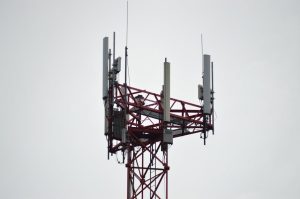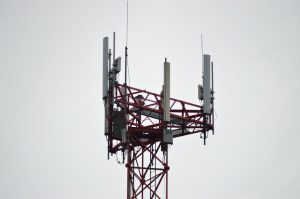
The term Satellite Technology has become synonymous with modern communication, playing a vital role in facilitating global connectivity and enabling the exchange of information across the globe. From space to screens, satellite technology has bridged the gap between remote and urban areas, providing access to a vast array of communication services, including telephone, internet, and television.
Satellite communication systems consist of a network of satellites orbiting the Earth, which receive and transmit signals to and from ground stations, mobile devices, and other satellites. This complex network enables the transmission of data, voice, and video signals over long distances, making it possible to communicate with people and devices located anywhere in the world.
The history of satellite technology dates back to the 1950s, when the first artificial satellite, Sputnik, was launched into space. Since then, satellite technology has undergone significant advancements, with the development of newer and more efficient satellites, such as geostationary satellites, which remain stationary in the sky and provide continuous coverage to a specific region.
One of the key applications of satellite technology is in the field of telecommunications. Satellites are used to provide mobile phone coverage, internet access, and television broadcasting services to remote and underserved areas, where traditional communication infrastructure is lacking. Satellite-based communication systems are also used in emergency response situations, such as natural disasters, where traditional communication networks are damaged or destroyed.
Satellite technology has also enabled the development of various modern communication services, including satellite radio, satellite navigation, and satellite-based remote sensing. Satellite radio services, such as SiriusXM, provide access to a wide range of audio channels, including music, news, and entertainment programs. Satellite navigation systems, such as GPS, enable accurate positioning and navigation, and are used in various applications, including aviation, maritime, and land transportation.
Satellite-based remote sensing involves the use of satellites to collect data about the Earth’s surface, including images, temperature, and atmospheric conditions. This data is used in various applications, including weather forecasting, crop monitoring, and environmental monitoring. Satellite-based remote sensing has also enabled the development of various Earth observation applications, including disaster response, natural resource management, and climate change monitoring.
In conclusion, Satellite Technology has played a vital role in modern communication, enabling global connectivity and facilitating the exchange of information across the globe. From space to screens, satellite technology has bridged the gap between remote and urban areas, providing access to a vast array of communication services. As satellite technology continues to evolve, we can expect to see even more innovative applications and services, including the development of satellite-based 5G networks, satellite-powered internet of things (IoT) devices, and satellite-enabled smart cities.
The future of satellite technology looks bright, with ongoing advancements in areas such as satellite design, launch technology, and ground infrastructure. As the demand for satellite-based services continues to grow, we can expect to see significant investments in the development of new satellite constellations, including low-Earth orbit (LEO) satellites, medium-Earth orbit (MEO) satellites, and geostationary orbit (GEO) satellites.
However, the growth of satellite technology also poses significant challenges, including the need for sustainable and responsible management of space debris, the development of robust cybersecurity measures, and the establishment of effective regulatory frameworks to govern the use of satellite technology.
Despite these challenges, the benefits of satellite technology are undeniable, and its impact on modern communication has been profound. As we look to the future, it is clear that satellite technology will continue to play a vital role in shaping the global communication landscape, enabling new applications and services, and bridging the gap between remote and urban areas.






